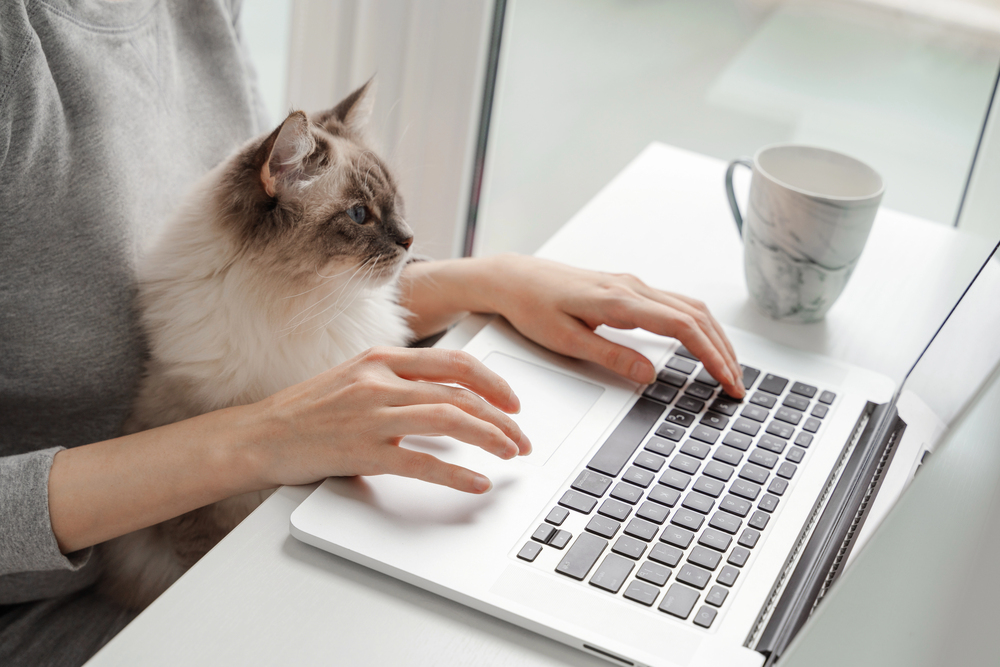
Discover the basics of AI image generators and how to create high-quality, realistic visuals using such tools in this article.
As technologies advance, it becomes easier than ever to create unique, high-quality visuals for your personal or professional content. How can you do this? By creating images using AI generators. These tools are quite simple to master and don’t require you to have any illustrator skills at all. All you have to do is write a detailed prompt and polish the result if necessary.
In this article, you’ll discover how to generate high-quality, realistic images using such tools. Read on!

What are AI image generators?
AI image generators are software tools or online platforms that use artificial intelligence (AI) to create, modify, or enhance images. They operate using machine learning models that are trained on immense datasets of images to understand visual patterns, styles, and objects. Due to that, such tools can quickly generate new images or edit existing ones based on user input, such as text descriptions, reference photos, or specific parameters.
How to create realistic images using online AI generators
One of the easiest and most straightforward ways to generate high-quality pictures is by using AI image generators that allow you to create appealing visuals quickly without extensive effort, even if you don’t have an artist or designer background.
Here’s how you can create realistic AI images using three popular online generators.
Depositphotos AI Image Generator
Depositphotos AI Image Generator is a simple, beginner-friendly tool accessible from any electronic device via a browser. It allows users to generate high-quality, AI-driven images by inputting descriptive text prompts. Moreover, it provides prompt assistance and supports multiple languages. The Depositphotos tool generates licensed visuals that can be used for marketing, social media, and personal creative projects. You have lifelong rights to the downloaded content and can use it exclusively, which means your files won’t be available to the public in the content library.
Here’s how to use the tool:
- Open the Depositphotos AI Image Generator in your browser. Create a free Depositphotos account or log in using your Google or Facebook account.
- To start creating high-quality images, you’ll need to purchase one of the available Depositphotos plans. Their affordable subscriptions allow you to obtain a certain number of images per month or per pack.
- After you purchase a chosen plan, input a detailed prompt describing the image you want to create. For example, your prompt can be: “A realistic portrait of a young woman with freckles, red hair, and green eyes in natural sunlight on a light background.”
- Keep in mind that the first result might not necessarily be what you wanted. You can refine it by tweaking the prompt and adding or adjusting details, such as specifying the atmosphere, colors, perspective, size, etc.
Midjourney
Midjourney is a popular AI image generator: the number of its daily active users varies between 1.2 million and 2.5 million. It is used to create visually stunning, realistic, or artistic images based on text prompts and is a great option for artists, designers, and content creators seeking custom visuals.
Here’s how to use it:
- Start with joining the Midjourney Discord server (you’ll need a Discord account for this).
- After that, you can either find “newbie” channels on the server and submit your prompts there or add a Midjourney bot to your server to start generating visuals.
- In any case, the image generation process will be identical: you’ll need to type the prompt starting with “/imagine” and then add your description. For example, your prompt can look like this: “/imagine a realistic scene of a Paris street cafe in the evening, with soft ambient lighting and people sitting at tables.”
- After that, Midjourney will generate four variations of the prompt. Choose to upscale or create variations of your preferred image to get closer to the desired realism. You can also rewrite the prompt for further refinement.
DALL-E
DALL-E is created by OpenAI, the company that created ChatGPT and is currently considered one of most well-funded machine-learning startups across the globe. It can help create anything from realistic photos to imaginative illustrations. The tool is optimal for creative projects, education, and design tasks.
Here’s how to use it:
- As DALL-E is a part of the OpenAI platform, you need to register or log in to it to access the tool.
- Once you do that, write a detailed and clear prompt that specifies the style, objects, lighting, and setting. For instance, your prompt can look like this: “a hyper-realistic image of a golden retriever puppy playing in a grassy park during sunset, with detailed fur texture and natural lighting.”
- After you receive the initial result, you can tweak it further by editing the prompt and adding more specific elements or changing the phrasing.
How to make AI-generated images more realistic
If you want to receive realistic images from an online AI image generator, you need to understand the importance of prompts and learn how to make the most out of the available tools. Here are some tips to help you get the best results.
1. Write a detailed prompt
Include clear descriptions of the subject, environment, lighting, and style. Add details about textures, colors, or materials to help the AI generate more lifelike features.
You can also use art and photography terms: words like “hyper-realistic,” “photo-realistic,” “cinematic lighting,” “35mm lens,” or “soft focus.” They can help the AI create a more realistic visual.
2. Focus on lighting and shadows
Simply specifying lighting conditions can help you instantly create more realistic visuals. For instance, you can mention natural lighting types (“sunlight,” “overcast,” or “golden hour”) or artificial lighting (“studio lighting,” “softbox,” or “neon lights”).
You can also add shadow details to correspond with the lighting. To do that, use terms like “soft shadows,” “harsh shadows,” or “ambient occlusion.”
3. Use real-world references or comparison
This can be specific places, objects, or cultural elements, such as “Paris street café” or “1960s American muscle car”. Mentioning them allows you to anchor the AI’s output in reality.
If your AI generator supports image-to-image references, you can also make the most of it. Upload a visual that will be used as a reference to enhance the result.
To sum up
Generating realistic AI images is now easier than ever, thanks to advanced online tools like Depositphotos AI Image Generator, Midjourney, and DALL-E. Understanding how to craft detailed prompts and experimenting with different settings will allow you to create appealing, high-quality visuals for different purposes, even if you don’t have traditional design skills. Make sure to try out various approaches and prompts to transform your ideas into a visually stunning reality.
Was this news helpful?







 Yes, great stuff!
Yes, great stuff! I’m not sure
I’m not sure No, doesn’t relate
No, doesn’t relate



